The appearance of vertical lines above the lips can make one appear, and feel older than they actually are. My patients will point to these lines and exclaim how much they hate them. As with any solution, we begin by understanding the specific anatomic issue before developing a treatment plan. I’ll discuss how I address wrinkles above the lips in my practice. I perform treatments for the lips, and the areas around the lips, such as injectable fillers for lip enhancement, the Botox lip lift, as well as fillers for lines around the mouth area every day in my practice.
It is all too common to “chase lines” in the aesthetic field. This means to either plump the lines with fillers, or resurface the lines with chemical peels and lasers. I take a more global perspective when a patient expresses concern about vertical lip lines. For example, I look at the volume of the lips, as well as the projection of the cheeks and chin to see how the overall aesthetics can be balanced, so lip lines are not the main focus when you look in the mirror, or are engaged in social interaction.
I start every consultation by taking photos from several angles, then I place the photos up on a screen so my patients can see themselves more objectively. It’s common for people to lose perspective by focusing on one area and magnifying that specific issue, while not recognizing the context in which this issue is part of other significant anatomic features.
My analysis always begins from the inside-outward. The cheek and chin bone structures play an important role in the way the lips appear. I show my patient how sagging cheeks, a receding chin, and downward turning of the outer corners of the mouth are contributing to the overall appearance of the area around the lips. As I always say, the whole is greater than the sum of its parts. There are some situations, where a younger person has some isolated lines, which can be treated without any other areas needing attention.
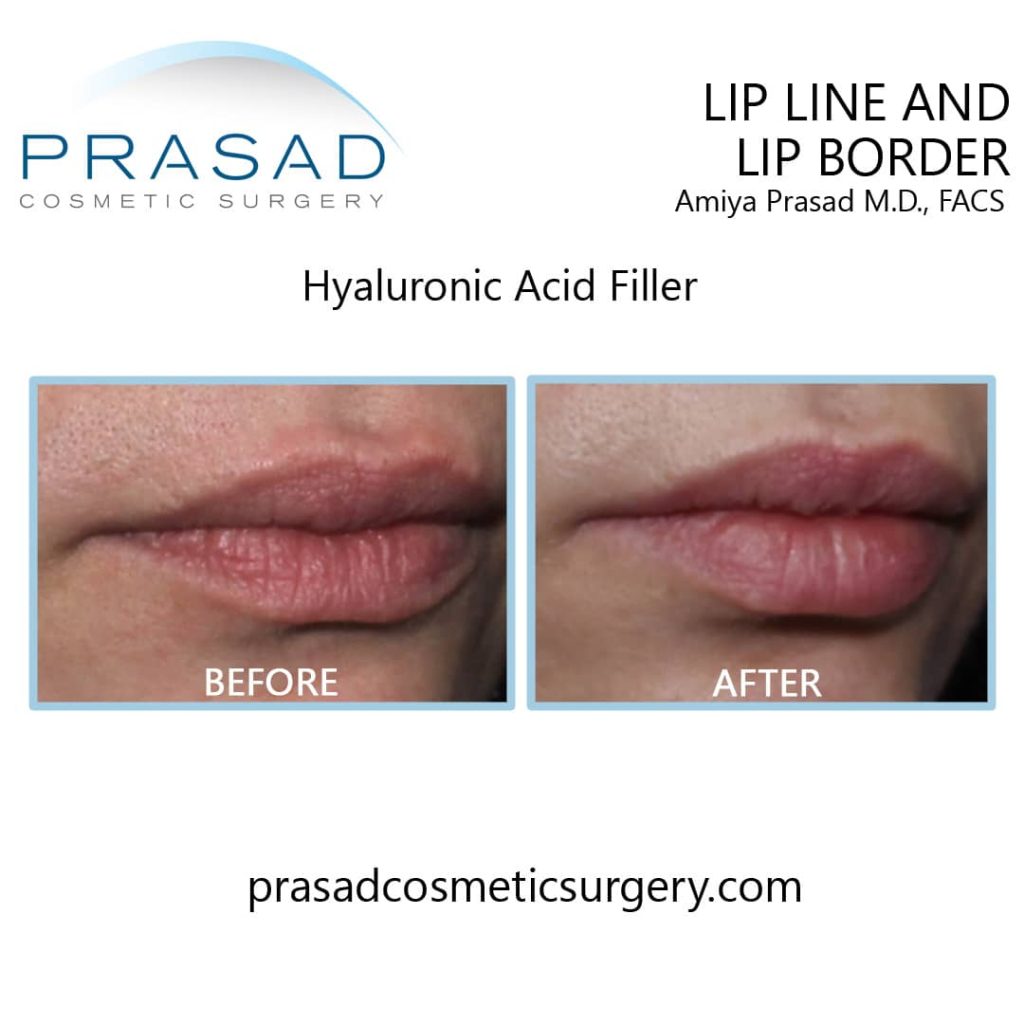
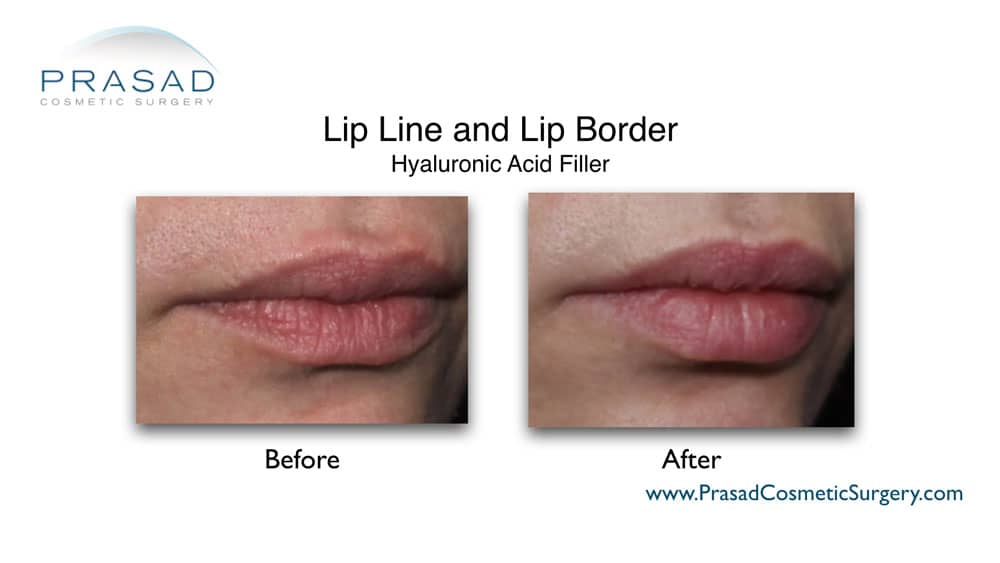
Generally speaking, awareness of vertical lip lines is a significant concern for lighter skinned women who are in their 40s and older. Often, there is a family history, which makes this a genetic trait that can be made worse by lifestyle factors such as smoking, and excessive sun exposure. At the skin level, these lines are due to a loss of collagen in the dermis or backbone of the skin. As collagen diminishes in the dermis, the skin loses strength and support, so lines, wrinkles, and folds develop. In addition, as we age, we lose volume, especially in the face from diminishing bone, muscle, skin thickness, fat, and soft tissue. The lips can lose volume and soft tissue, causing once full lips to look deflated.
The action of a muscle around the mouth called the orbicularis oris can also contribute to the formation of vertical lip lines. This is the muscle that is active when you pucker, drink through a straw, or smoke. As for other areas of the face, I look at the lines as “static”, which means present at rest, and “dynamic” which means deeper with muscle contraction.
Vertical Lip Lines Treatment
Lines which are deeper and cause static lines to develop because of repeated action, I treat with a botulinum toxin such as Botox, Dysport, Xeomin, and Jeuveau. This reduces the muscle activity that causes these lines to form, so the lines appear less deep when the muscle is engaged. With repeat treatment, the reduced muscle activity also makes these lines less visible due less creasing, even when the muscle is not engaged.
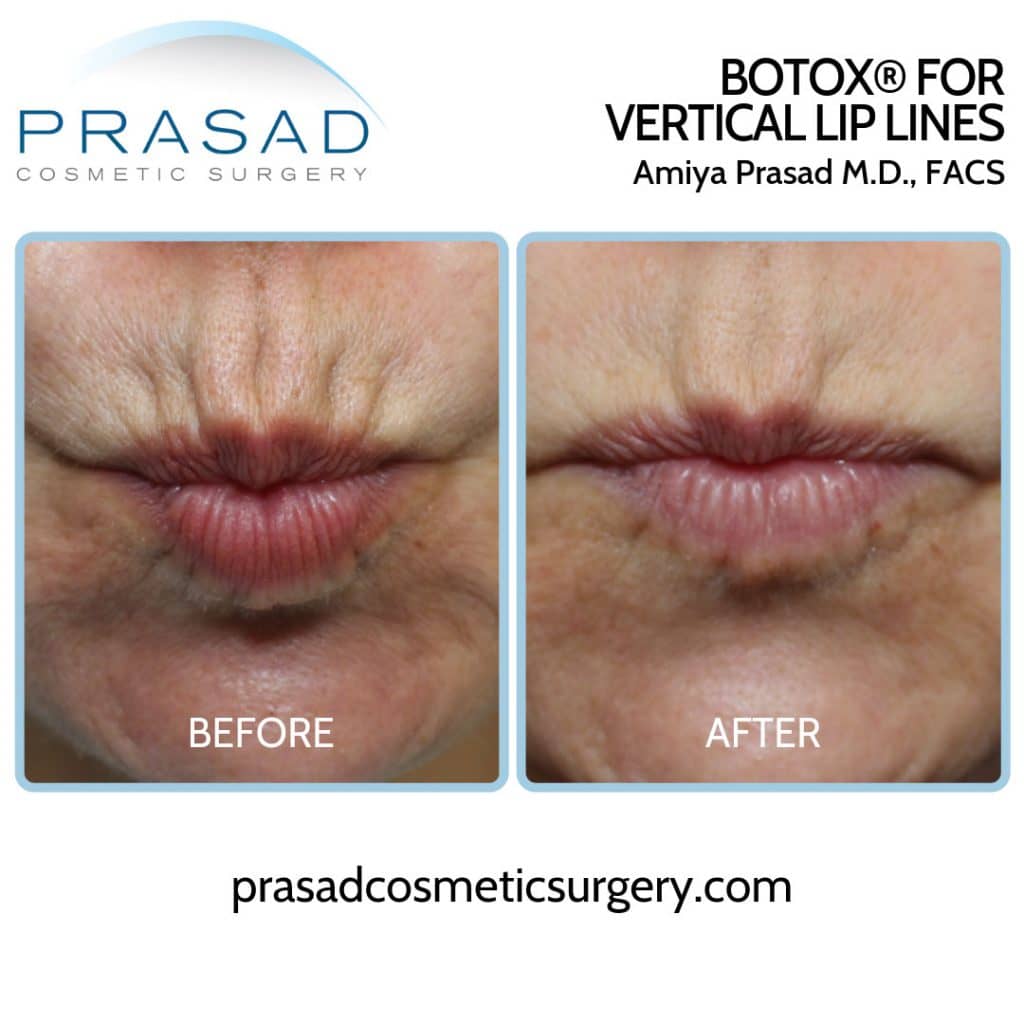
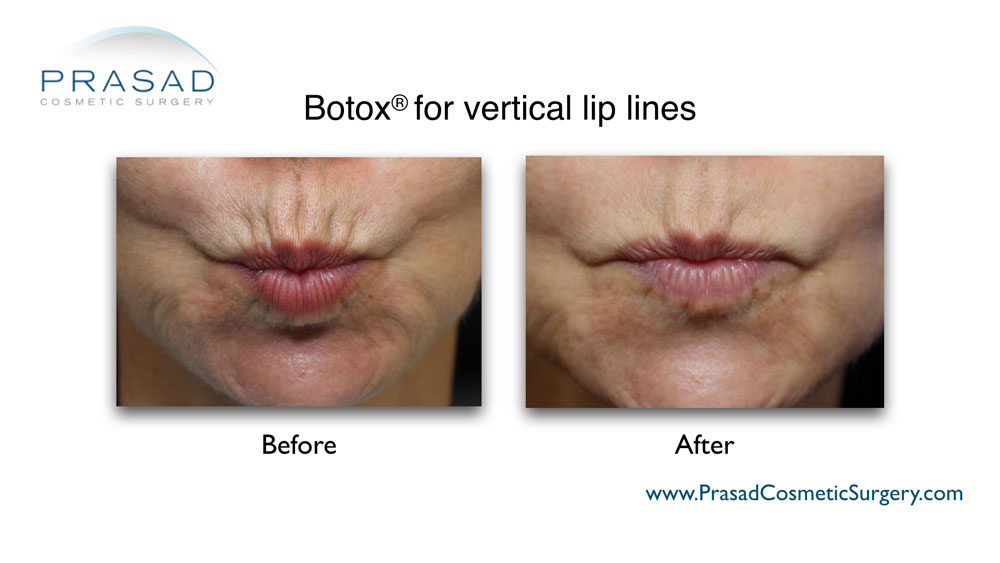
I look at the volume loss below the skin, as vertical lines are a natural extension of the volume loss in the lips. If you think about it, the lines would not appear as significant if the lips appeared to be more full. The art is to enhance the lip volume so the lips look natural with the rest of the face.
I find that people are so afraid of looking overdone that I have to place minimal volume into the lips, and add more in a few weeks if they want more volume. I use softer hyaluronic acid fillers such as Restylane-L and Juvederm XC for lip volume enhancement and restoration of volume directly below the vertical lines. I also use softer fillers like Restylane Silk, and Juvederm Volbella when I treat individual lines at the level of the dermis.
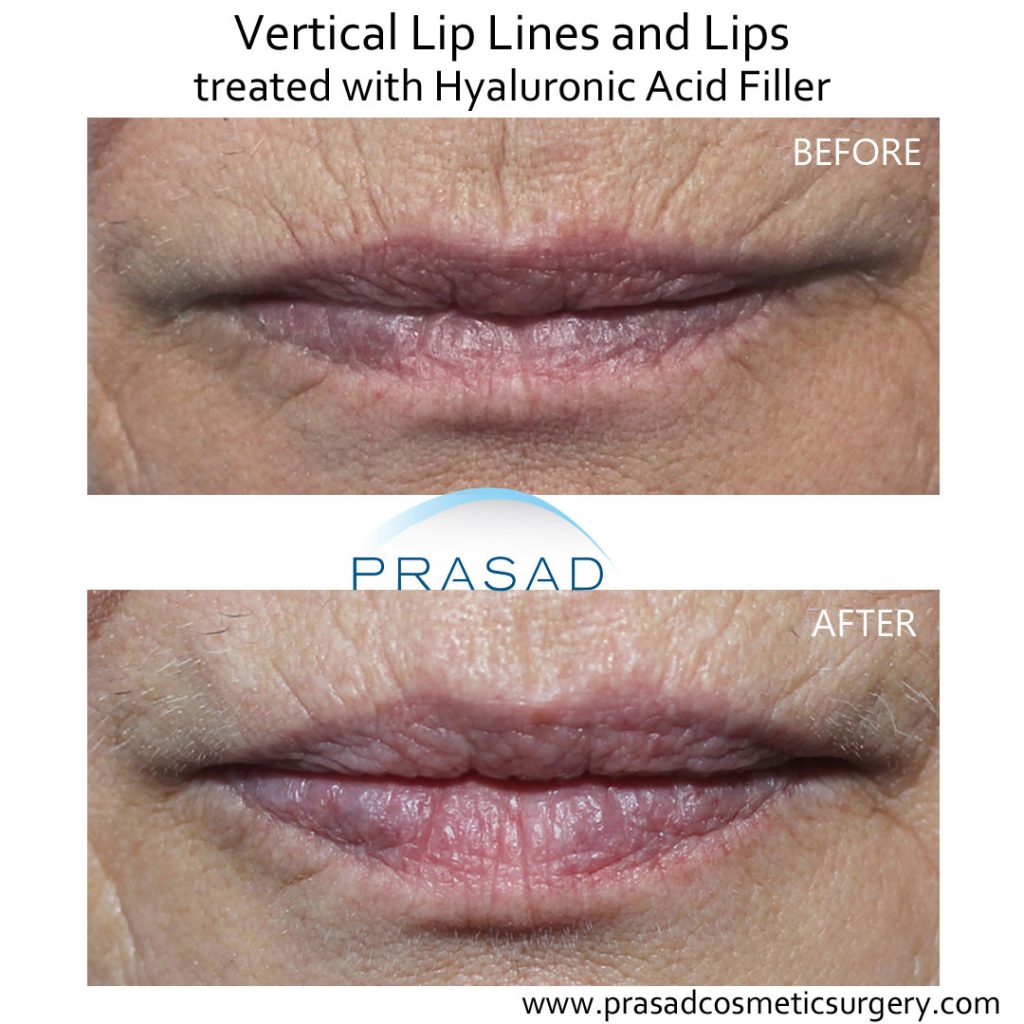
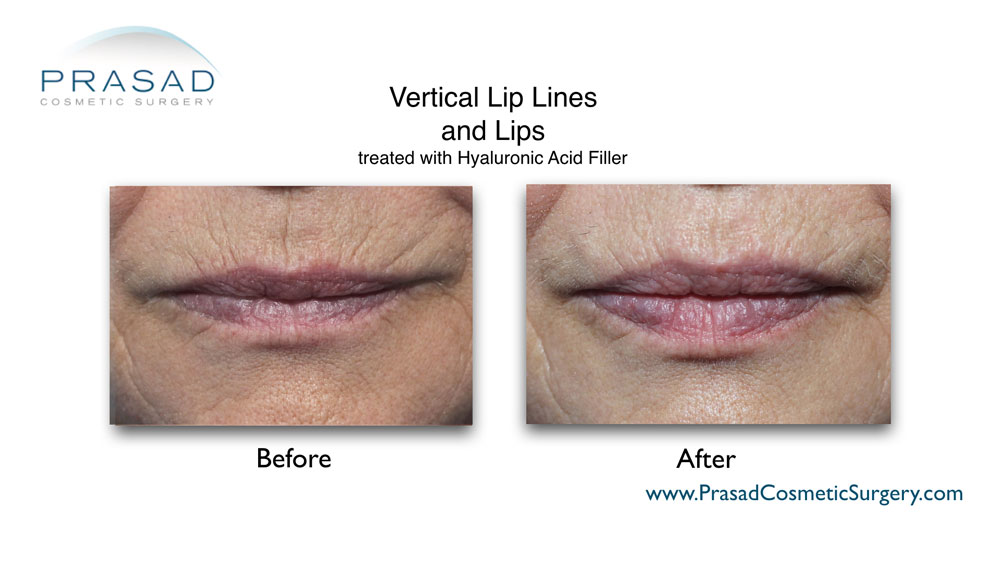
Best Treatment for Wrinkles Above Lips
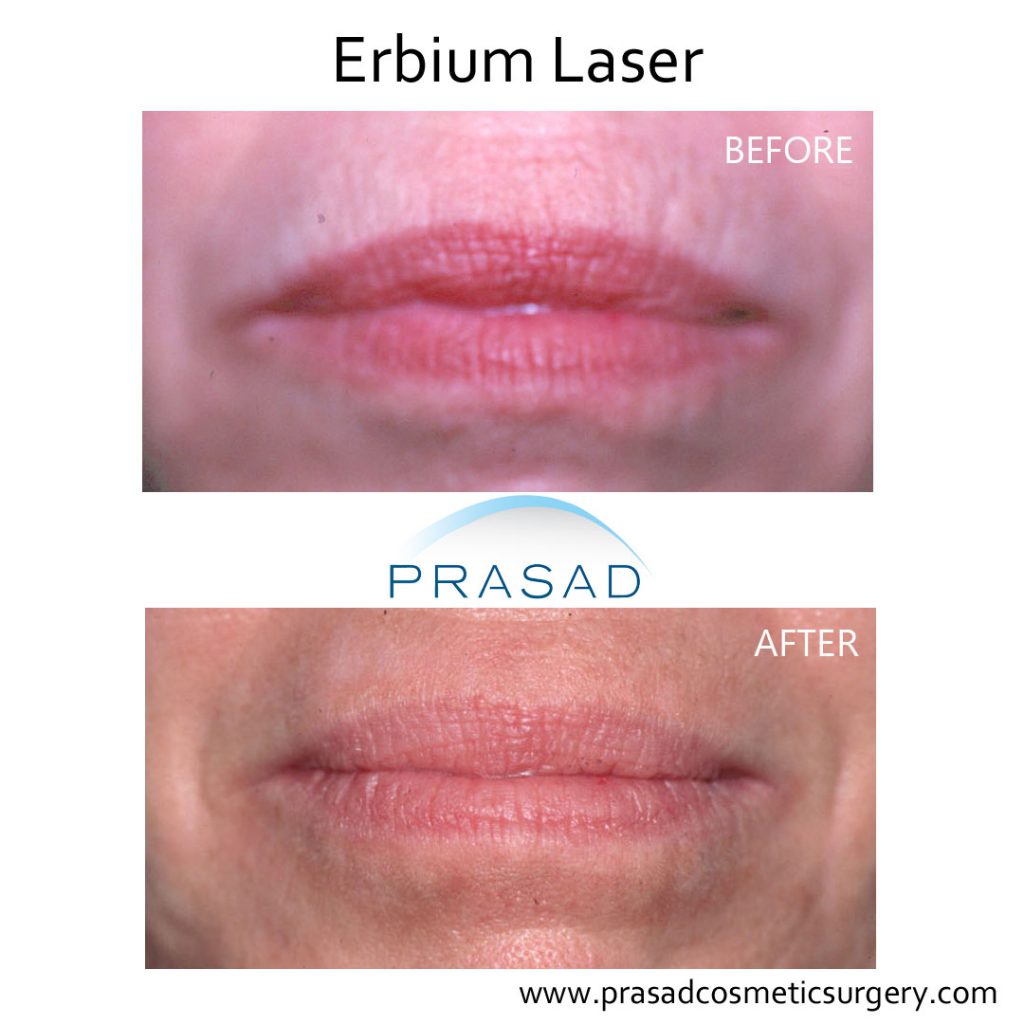
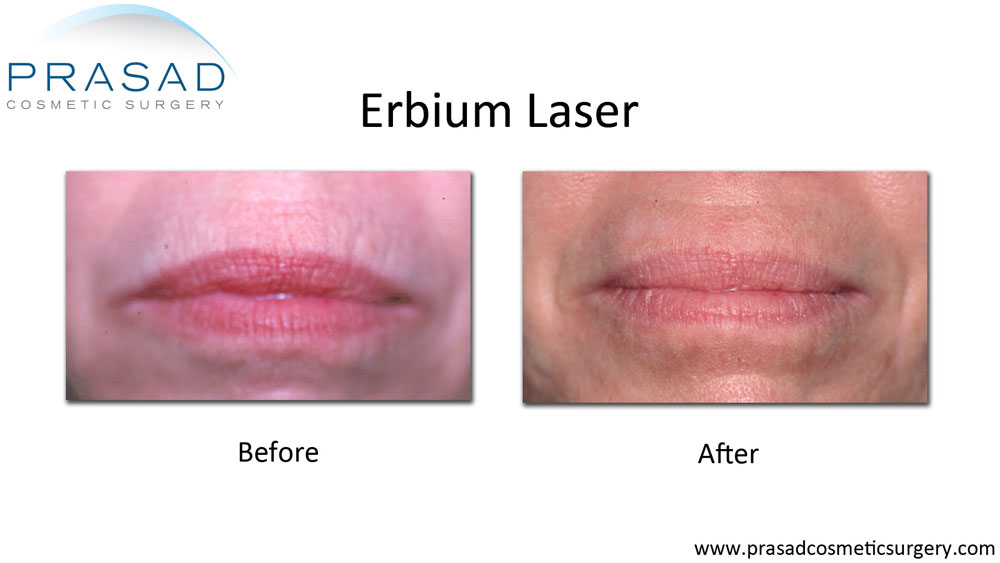
The downside of these options is the healing process. For fully ablative treatments, the epidermis needs to heal, and the skin can be raw and red for weeks afterward. I’ve found that although people were willing to deal with this prolonged recovery in the 90s, and into the early 2000s, tolerance for what is perceived as longer healing periods is less than it’s ever been. I have also found that once there is an improvement with fillers, there is often less motivation to pursue more aggressive treatments.
I’ve developed treatment strategies to improve skin quality, which do not require any downtime. For example, to help improve skin quality, I use PRP or platelet-rich plasma. PRP or platelet-rich plasma is the concentration of wound healing and growth factors present in the blood, which is activated when you have a cut. I deliver the PRP with a special device directly to the dermis without any bleeding, or making the skin raw.
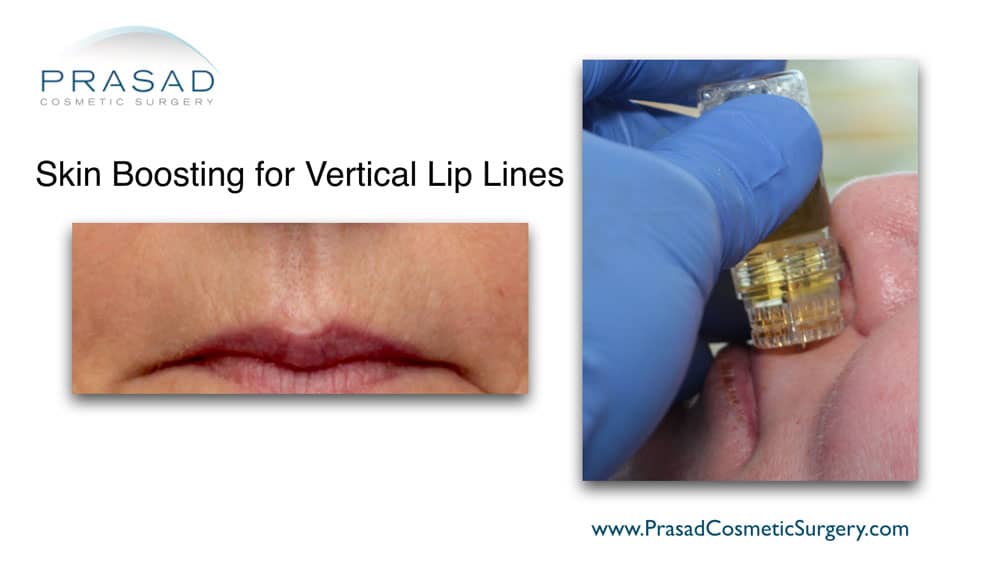
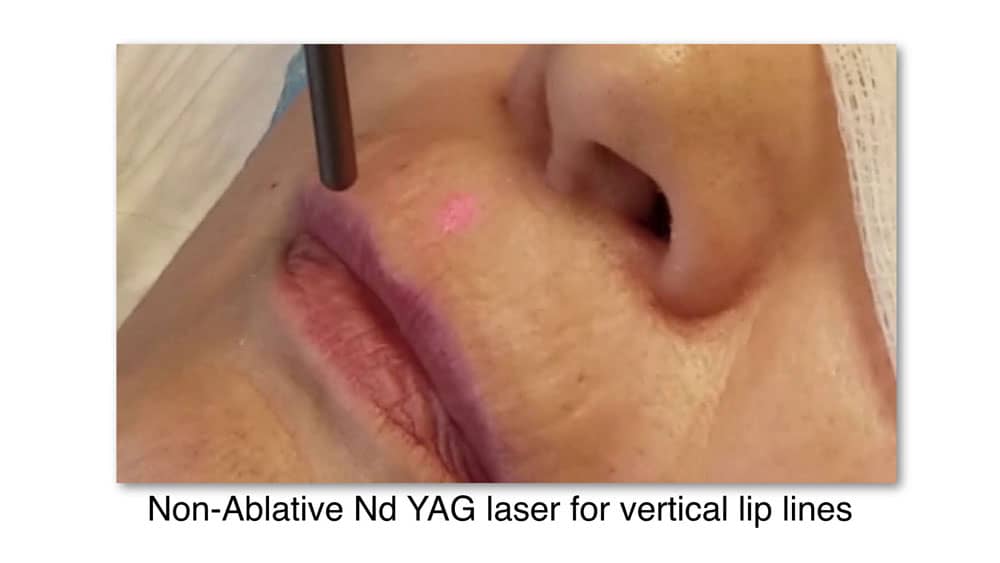
I often combine Skin Boosting with a non-ablative laser such as a Q Switch, and 250 microsecond Nd YAG laser we call “laser skin toning”. I describe this as a similar strategy to building muscles with weight training, where repeat treatments can improve the overall skin quality, and tightness. The epidermis can also be improved with minimal downtime with a lighter fractional laser, and a long-pulsed Erbium laser. We also use a water-based microdermabrasion technology called Hydrafacial, which exfoliates and hydrates the skin without any downtime.
In the current marketplace, the commoditization of products and procedures has overshadowed the value of having a highly trained and experienced doctor on your side. Since companies sell lasers and injectables, the marketing is focused on the tools, not the practitioner. Non-physicians, and physicians with limited experience in the core aesthetic specialties have created a false equivalency in qualifications that consumers are not aware of. Every treatment carries risk. For example, the lip is a vascular area, and filler can be injected directly into a blood vessel, resulting in vascular occlusion, where blockage of a vessel or artery can lead to catastrophic tissue loss. So, regardless of how many Instagram followers the injector has, the patient with this event has to be referred emergently to a physician who is able to deal with the complications of the injector’s treatment.
In a marketplace where transactions are more important to the sellers than the long-term consequences of any given procedure, I recommend that you be your own advocate, and invest your time and resources in a specialized aesthetic physician who will be there for you in the long-term.
